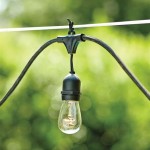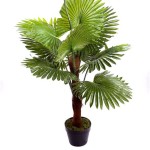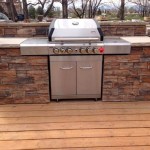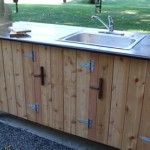Essential Aspects of Outdoor Herb Garden Plans
Cultivating an outdoor herb garden is a rewarding endeavor that yields both culinary and medicinal benefits. To ensure a thriving and bountiful harvest, meticulous planning is paramount. Here are the essential aspects to consider when designing an outdoor herb garden:
1. Site Selection
The ideal location for an herb garden should receive ample sunlight, have well-drained soil, and be sheltered from strong winds. Most herbs require at least six hours of direct sunlight per day, while some, like mint, can tolerate partial shade. Consider the soil type and amend it with organic matter if necessary to improve drainage and fertility.
2. Plant Selection
When choosing herbs, consider your culinary preferences, medicinal needs, and the growing conditions in your area. Choose a variety of herbs with different heights, textures, and colors to create a visually appealing and productive garden. Companion planting, the strategic placement of complementary species, can enhance growth and deter pests.
3. Design and Layout
The size and shape of your herb garden will depend on the available space and the number of herbs you wish to grow. Raised beds are a great option for improving drainage and extending the growing season. Plan the layout to maximize sunlight exposure and allow for easy access and maintenance.
4. Irrigation and Fertilization
Regular watering is crucial for healthy herb growth. Consider using a soaker hose or drip irrigation system to conserve water and prevent overwatering. Fertilize your herbs with a balanced organic fertilizer at the beginning of the growing season and as needed throughout the summer.
5. Pest and Disease Management
Prevention is key in managing pests and diseases. Practice good garden hygiene by removing weeds and debris that can attract pests. Encourage beneficial insects like ladybugs and lacewings that prey on harmful insects. Consider using organic pesticides or natural remedies to control pests and diseases.
6. Harvesting and Storage
Harvest herbs throughout the growing season to maximize their freshness and flavor. Cut leaves or stems just above a leaf node to encourage new growth. Store fresh herbs in a cool, humid place, wrapped in a damp paper towel or sealed in an airtight container.
7. Winter Protection
In cold climates, protect your herbs from the harsh winter elements. Mulch around the plants with organic materials like straw or shredded leaves. Consider overwintering tender herbs indoors in a sunny windowsill.
8. Companion Planting
Companion planting is the synergistic practice of planting specific plants together to enhance growth and deter pests. For example, planting basil next to tomatoes improves tomato flavor, while marigolds planted near herbs repel aphids.
9. Succession Planting
Succession planting involves planting new crops in the same spot as previous ones to extend the harvest season. For example, plant parsley in early spring, then follow with cilantro later in the summer.
10. Soil Care
Maintaining healthy soil is essential for a thriving herb garden. Amend the soil regularly with organic matter and rotate crops to prevent nutrient depletion. Cover the soil with mulch to conserve moisture, suppress weeds, and regulate soil temperature.
By following these essential aspects, you can create a vibrant and productive outdoor herb garden that provides an abundance of culinary and medicinal benefits for years to come.
Herb Garden Design Ideas And Growing Tips

25 Pretty Herb Garden Ideas Trees Com

Popular Herb Garden Design Ideas For Small Spaces

Herb Garden Design Ideas And Growing Tips

How To Grow A Herb Garden Design Ideas For Outdoors And Indoors

60 Diy Herb Garden Ideas Prudent Penny Pincher

Vertical Herb Garden Ideas 7 Creative Ways To Plant A

An Herb Garden In Three Parts Finegardening

25 Pretty Herb Garden Ideas Trees Com

How To Create A Herb Garden Bbc Gardeners World
Related Posts








